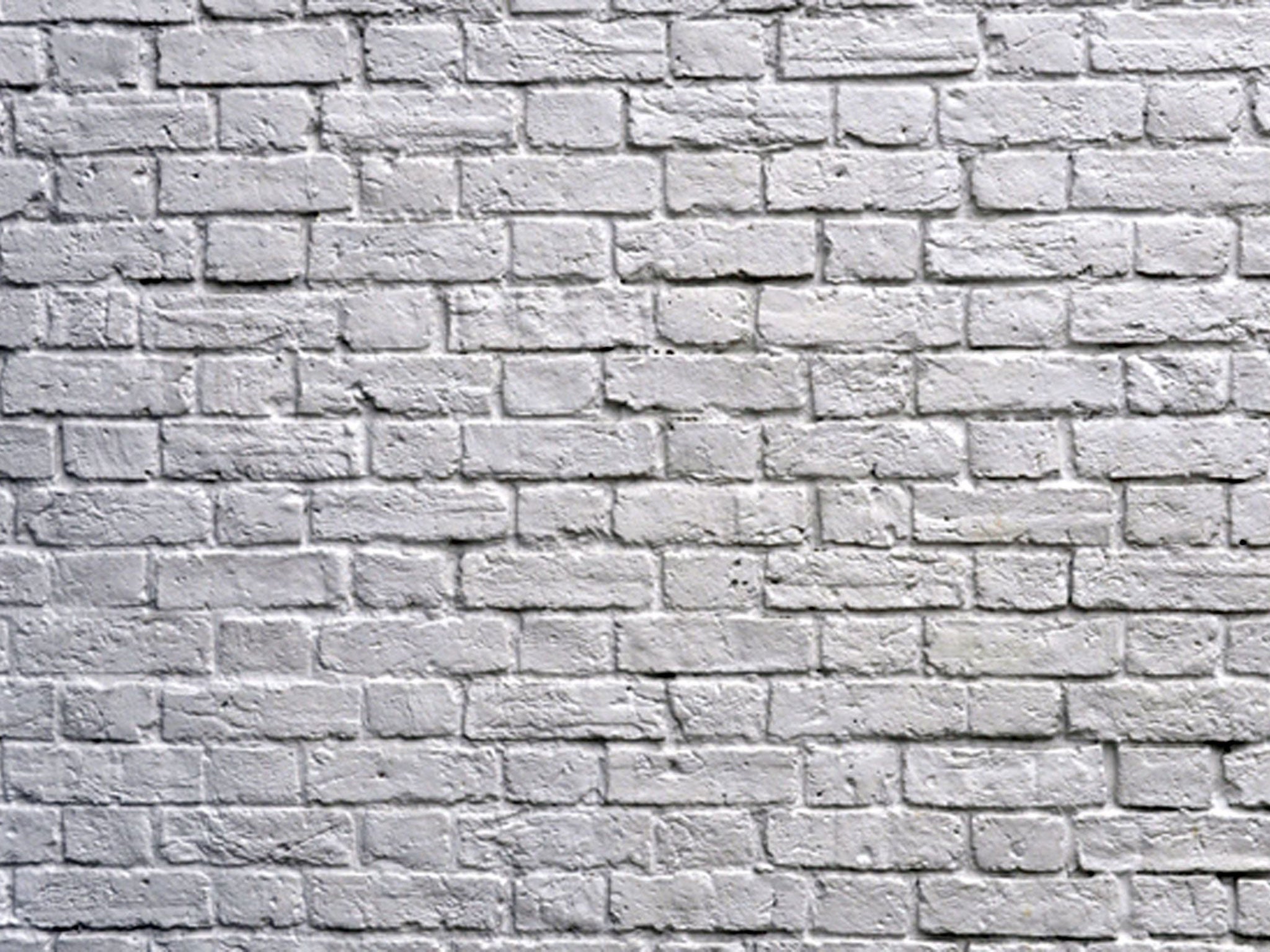Watching paint dry leads scientists to an 'exciting' new discovery
It is less boring than it seems – you just need to look closely

Your support helps us to tell the story
From reproductive rights to climate change to Big Tech, The Independent is on the ground when the story is developing. Whether it's investigating the financials of Elon Musk's pro-Trump PAC or producing our latest documentary, 'The A Word', which shines a light on the American women fighting for reproductive rights, we know how important it is to parse out the facts from the messaging.
At such a critical moment in US history, we need reporters on the ground. Your donation allows us to keep sending journalists to speak to both sides of the story.
The Independent is trusted by Americans across the entire political spectrum. And unlike many other quality news outlets, we choose not to lock Americans out of our reporting and analysis with paywalls. We believe quality journalism should be available to everyone, paid for by those who can afford it.
Your support makes all the difference.It's often referenced as one of the most boring activities known to mankind, but watching paint dry has apparently yielded some "exciting" results, according to a group of scientists.
Researchers from the University of Surrey believe their findings will help to enhance a range of products, including cosmetics and pharmaceuticals.
Using computer simulation and materials experiments, the scientists - working alongside the Université Claude Bernard in France - showed that as paint dries it “spontaneously forms into two layers”.
In other words, the small particles in the paint team up to push away the large ones – a phenomenon that can only be seen if you look very closely.
The researchers say this mechanism can be used to control the properties at the top and bottom of coatings independently, which could help increase performance of coatings across industries.
“We’ve shown that during evaporation, the small particles push away the larger ones, remaining at the top surface whilst the larger are pushed to bottom,” said Dr Andrea Fortini, the lead author of the research.
“This type of ‘self-layering’ in a coating could be very useful. For example, in a sun screen, most of the sunlight-blocking particles could be designed to push their way to the top, leaving particles that can adhere to the skin near the bottom of the coating”.
Dr Fortini added that the particles used in coatings have sizes that are 1,000 times smaller than the width of a human hair, so seeing the process might require a microscope.
The team is now continuing to work on such research to understand how to control the width of the layer and to explore their use in industrial products such as paints, inks and adhesives.
Subscribe to Independent Premium to bookmark this article
Want to bookmark your favourite articles and stories to read or reference later? Start your Independent Premium subscription today.
Join our commenting forum
Join thought-provoking conversations, follow other Independent readers and see their replies
Comments